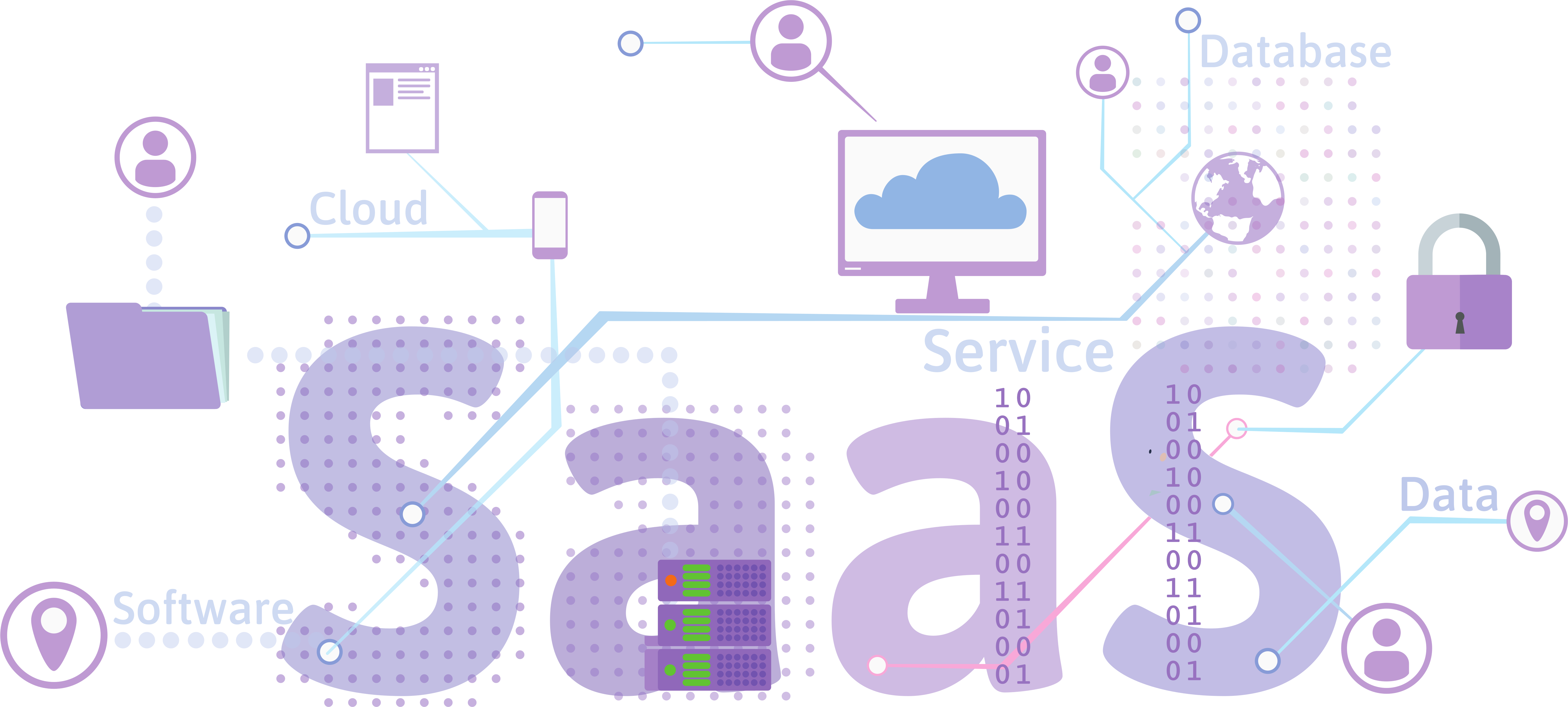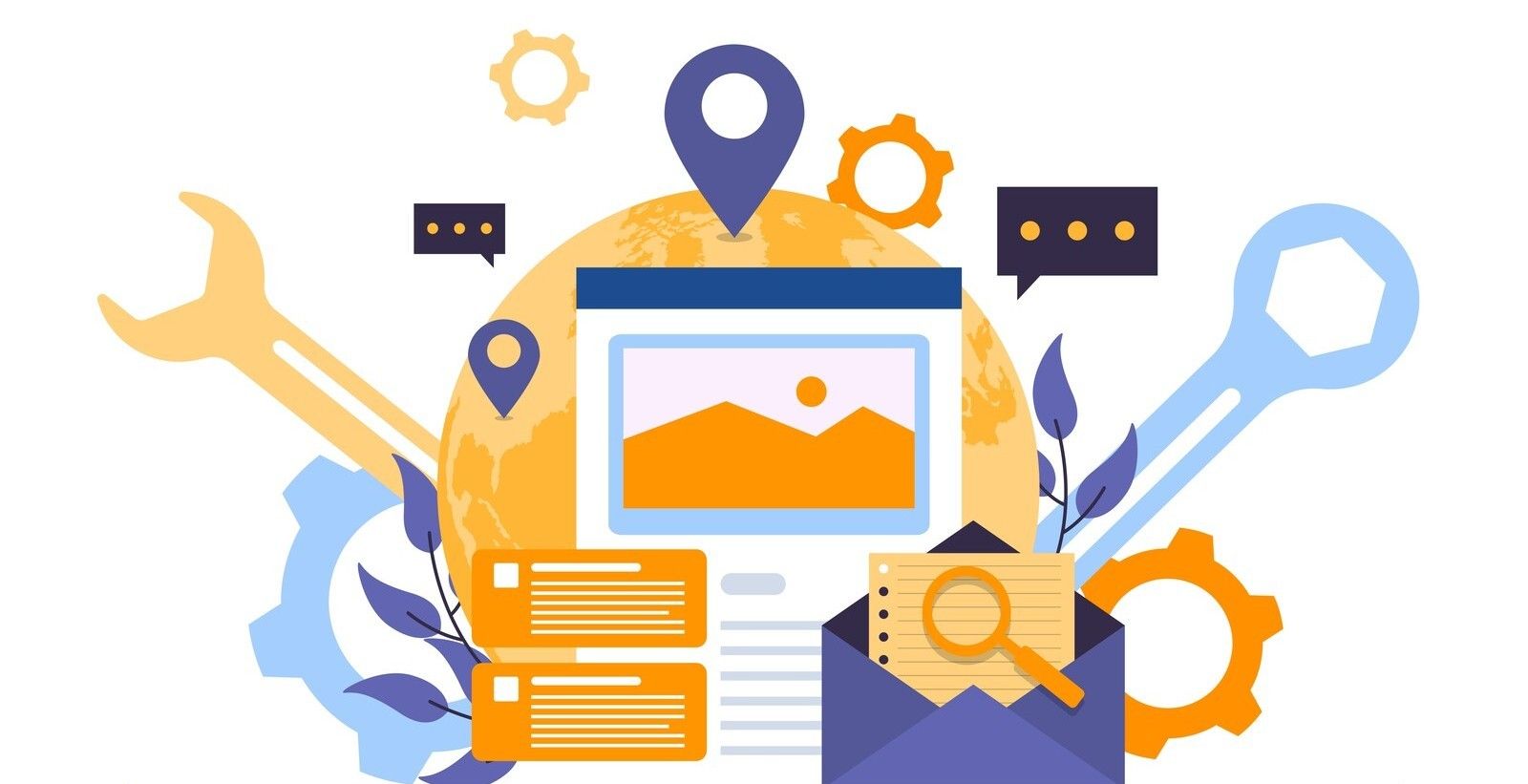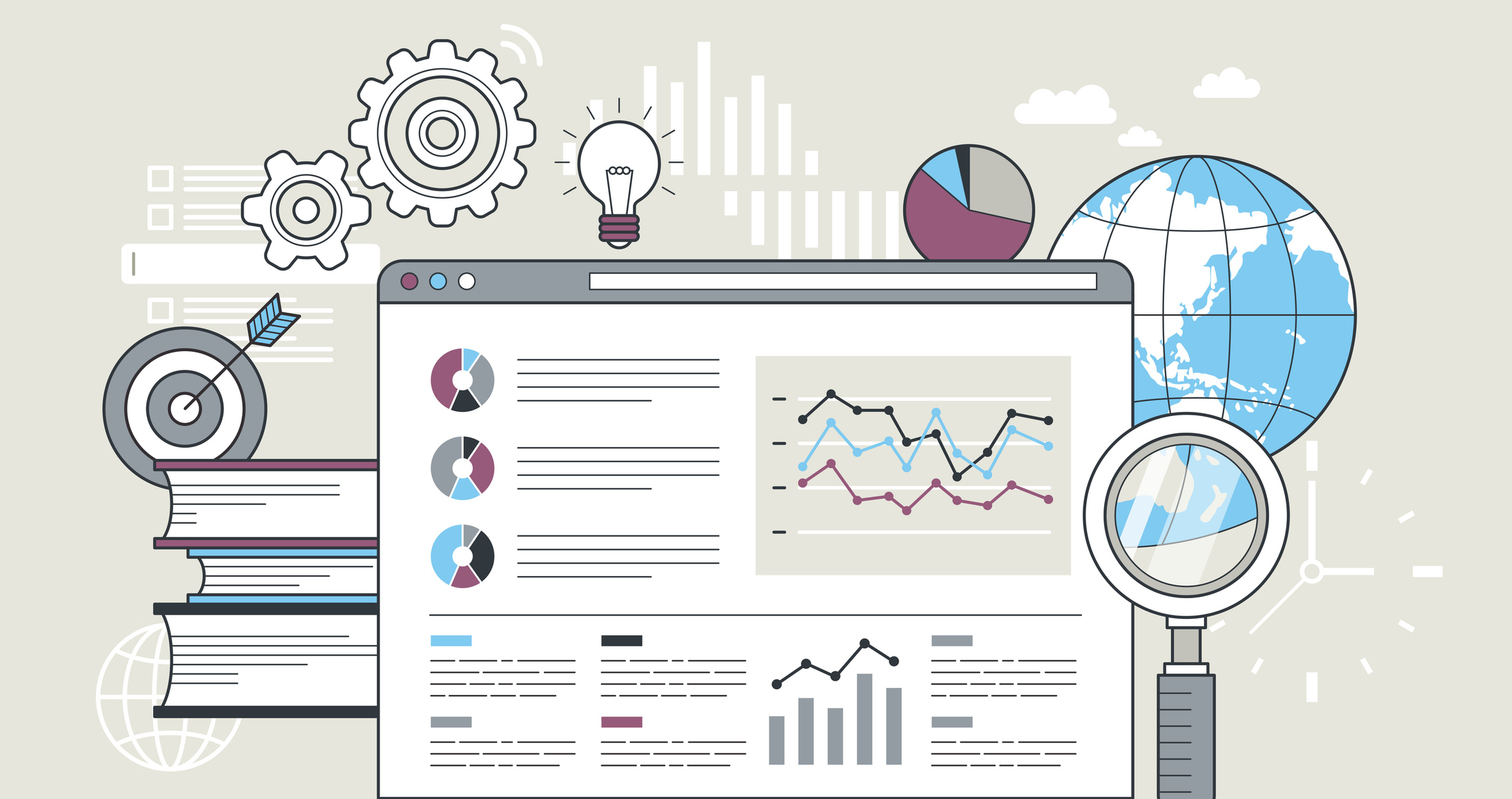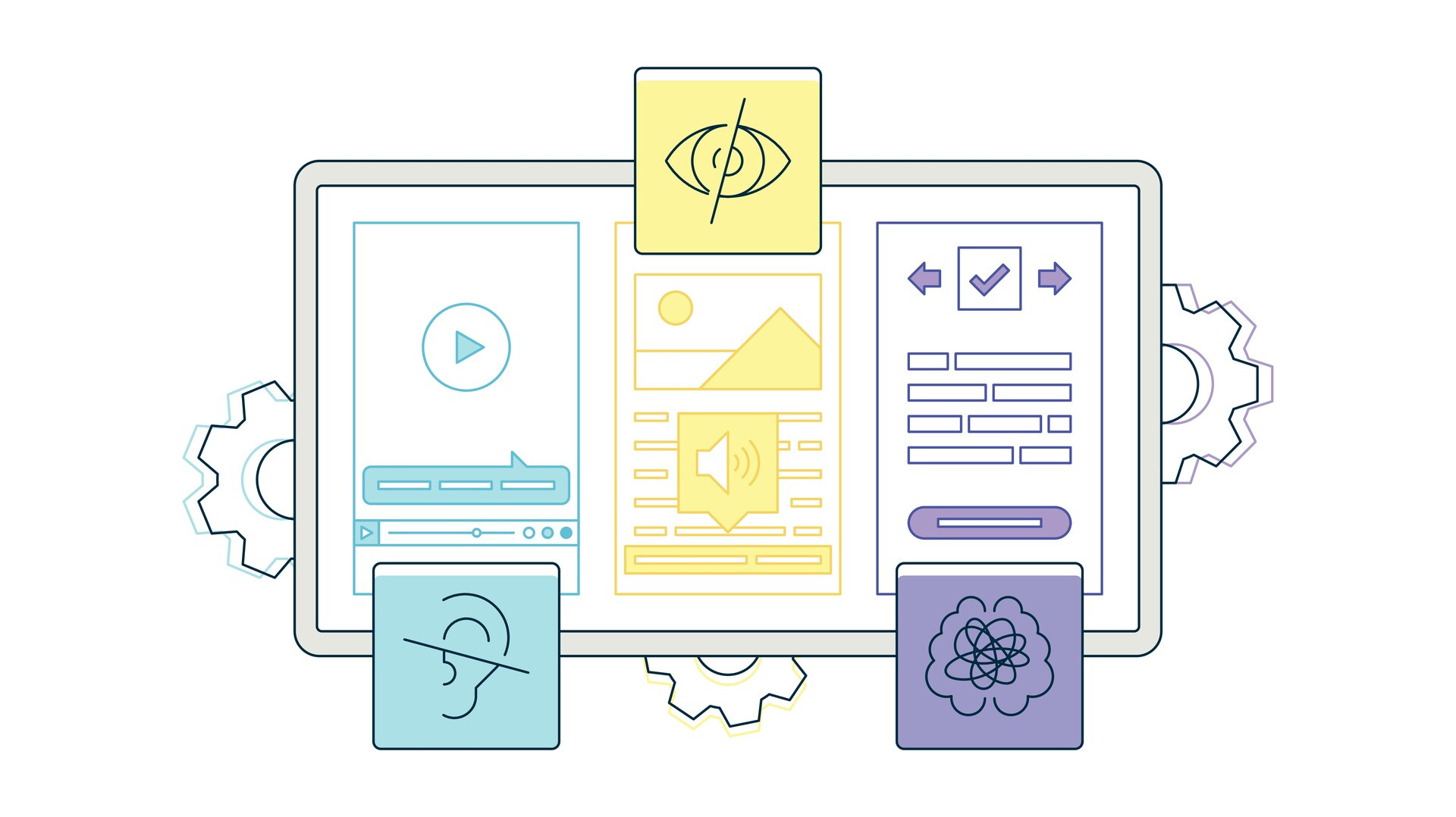Choosing a tech stack is one of the earliest, and most stressful, decisions founders face when building a SaaS MVP. There's no shortage of opinions online, and it often feels like choosing the "wrong" stack could doom your product before it ever reaches users. The pressure to pick the best tools can quickly turn into analysis paralysis.
But at the MVP stage, the goal isn't technical perfection, it's speed to validation. Your primary objective is to test assumptions, gather real user feedback, and learn what actually matters, as quickly and efficiently as possible. A tech stack that lets you build, iterate, and adapt quickly is far more valuable than one that looks impressive on paper.
That's why there is no universal "best" tech stack for a SaaS MVP. The right choice depends on your product goals, timeline, budget, and, most importantly, the people building it. What works well for one startup could slow another down unnecessarily.
In this context, a tech stack refers to the combination of technologies used to build and run your product, including the frontend, backend, database, hosting environment, and supporting tools. Each choice influences how fast you can move, how easy the product is to maintain, and how smoothly it can evolve as your idea takes shape.
What a SaaS MVP Actually Needs (and What It Doesn't)
A SaaS MVP isn't meant to be a polished, fully featured product. Its job is much simpler, and more important: prove that a real problem exists and that people care enough about your solution to use it. Every technical decision should support that goal.
At a minimum, your MVP needs to be stable enough to use, fast enough to build, and flexible enough to change. Users should be able to complete the core action your product promises, and your team should be able to adjust features quickly based on feedback. If your stack makes small changes slow or risky, it's working against you.
What an MVP does not need is long-term optimization upfront. Features like advanced scalability, complex microservices, or highly customized infrastructure can wait until you've validated demand. These choices add development time, increase costs, and often lock teams into decisions they don't yet have enough information to justify.
Another common misconception is that MVPs need to be built "the right way" from day one. In reality, many successful products start with imperfect but functional foundations. As long as your stack supports iteration and doesn't actively block future improvements, it's doing its job.
Factors to Consider When Choosing Your Tech Stack
Once you're clear on what your SaaS MVP actually needs, the next step is evaluating your options through a practical lens. Instead of asking which technologies are the most popular or powerful, it's far more useful to focus on how well a stack supports speed, clarity, and adaptability at this early stage.
Speed to Market
For an MVP, speed matters more than almost anything else. The faster you can launch, the sooner you can start validating assumptions and learning from real users. A tech stack that allows rapid development, simple deployments, and quick fixes will outperform a more complex stack that promises long-term benefits you may never need.
This often means choosing familiar tools, opinionated frameworks, or managed services that reduce setup time. The goal isn't to cut corners, but to avoid unnecessary friction that slows momentum.
Scalability (Only What You Actually Need)
Scalability is important, but it's frequently misunderstood at the MVP stage. Many founders worry about whether their stack can support thousands or millions of users, even before the first hundred have signed up.
Instead of designing for maximum scale, focus on reasonable growth scenarios. Your MVP stack should handle early traction comfortably and leave room for evolution later. Modern platforms make it possible to refactor, migrate, or optimize once demand is proven. Overengineering early rarely pays off and often creates technical debt before it's warranted.
Team Skills and Experience
The best tech stack is often the one your team already knows well. Familiarity reduces bugs, speeds development, and makes troubleshooting easier. Choosing a stack that requires a steep learning curve can delay your launch and increase the risk of mistakes.
For solo founders or small teams, this factor becomes even more critical. A simple, well-understood stack allows you to focus on building the product rather than wrestling with unfamiliar tools.
Budget and Ongoing Costs
Your tech stack directly impacts both your upfront development costs and your ongoing expenses. Hosting, third-party services, developer time, and maintenance all add up, especially if your MVP phase takes longer than expected.
Managed services can reduce development effort but may increase monthly costs. Custom solutions may save money early but require more maintenance. The right balance depends on your budget, runway, and tolerance for operational overhead.
Ultimately, the goal is to choose a stack that fits your current reality, not an idealized future. A well-chosen MVP stack supports fast learning without quietly draining time or money behind the scenes.
Common Tech Stack Choices for SaaS MVPs
When researching SaaS MVP tech stacks, it's easy to get overwhelmed by endless comparisons and strong opinions. In practice, most MVPs fall into a few common architectural patterns. Each can work well when chosen for the right reasons, and cause problems when chosen for the wrong ones.
Traditional Web Application Stacks
This approach typically combines a server-side backend, a database, and a rendered frontend. It's a familiar pattern that's been used successfully for years and remains a solid choice for many MVPs.
Traditional stacks tend to be:
- Predictable and well understood
- Easier to debug early on
- Well suited to form-heavy or workflow-driven products
They're often a good fit when reliability, clarity, and maintainability matter more than cutting-edge architecture.
JavaScript-Heavy Stacks
JavaScript-centric stacks are popular for SaaS products that rely heavily on interactivity or real-time updates. These stacks can offer a highly responsive user experience and a clear separation between frontend and backend.
That said, they also introduce additional complexity. For MVPs, this approach works best when:
- The product genuinely benefits from rich client-side interactions
- The team is already comfortable with the ecosystem
- Development speed isn't compromised by setup overhead
Used thoughtfully, JavaScript-heavy stacks can be powerful, but they're not automatically the right choice for every MVP.
Backend-as-a-Service (BaaS) Platforms
Backend-as-a-Service platforms aim to accelerate development by handling authentication, databases, and infrastructure for you. For some MVPs, this can significantly reduce time to market.
These platforms are especially useful when:
- You want to validate an idea quickly
- Backend complexity is minimal
- The product's future direction is still uncertain
The trade-off is reduced flexibility and potential lock-in, which should be weighed against the speed benefits.
Managed Hosting and Cloud Services
Regardless of the stack itself, hosting and infrastructure decisions play a big role in MVP success. Managed hosting and cloud services can offload operational work and simplify deployment.
For MVPs, these services are often worth the cost because they:
- Reduce setup and maintenance time
- Improve reliability early on
- Allow teams to focus on product development instead of infrastructure
The key is choosing services that support growth without forcing premature complexity.
Mistakes That Often Hurt SaaS MVPs
Even with good intentions, many SaaS MVPs struggle because of avoidable technical decisions made too early. These mistakes rarely come from poor engineering, they usually stem from trying to solve future problems before the present ones are understood.
Choosing a Stack Based on Trends
It's tempting to follow whatever technologies are currently popular or heavily promoted. While trendy tools often have real strengths, they're not always the best fit for an MVP. Choosing a stack because it's fashionable can introduce unnecessary complexity or require expertise your team doesn't yet have.
A stack should serve your product goals, not your résumé.
Overengineering from Day One
Many MVPs suffer from being built as if they were already mature products. Complex architectures, microservices, and elaborate abstractions slow development and make change harder. At the MVP stage, simplicity isn't a compromise, it's a strategic advantage.
Overengineering often results in more code to maintain without delivering proportional value.
Building for Scale Before Validating Demand
Scalability is important, but only after demand is proven. Designing for massive traffic before you have real users diverts attention from what actually matters: solving a problem people care about.
Modern platforms make it possible to scale later. Premature optimization almost always costs more than it saves.
Ignoring Long-Term Maintainability
While MVPs don't need to be perfect, they shouldn't be disposable either. Choosing tools that are hard to maintain, poorly documented, or overly niche can create long-term friction.
A good MVP stack strikes a balance, it's simple enough to move fast, but stable enough to evolve.
Locking Yourself into Hard-to-Change Decisions
Some tech choices are easier to reverse than others. Decisions around data storage, authentication, or core architecture can be costly to undo. MVPs that fail often aren't those that made "wrong" choices, but those that made irreversible ones too early.
Being mindful of which decisions are flexible and which are not can save significant time and effort later.
A Decision Framework for Choosing Your SaaS MVP Tech Stack
When you strip away the noise, choosing a tech stack for a SaaS MVP comes down to a handful of practical questions. This framework isn't about finding the perfect answer, it's about making a defensible, low-risk decision that supports fast learning.
Use the questions below to guide your choice.
Who Is Building This?
- Is this a solo founder, a small team, or an experienced development group?
- What technologies does the team already know well?
- Will you need to hire additional developers soon?
Rule of thumb: Favour tools your current team can use confidently today over tools that require ramp-up time.
How Fast Do You Need to Launch?
- Are you testing an idea or racing to market?
- Do you need something usable in weeks rather than months?
If speed matters (and it usually does), choose a stack that minimizes setup, configuration, and custom infrastructure. Faster launches mean faster feedback, and fewer costly assumptions.
What Is the Core Problem You're Solving?
- What is the single most important action users need to complete?
- Which features are essential, and which can wait?
Your tech stack should serve the core workflow, not edge cases or future features that may never be built.
What Will Be Hardest to Change Later?
Some decisions are easy to revise. Others aren't.
Pay extra attention to:
- Data storage and structure
- Authentication and user management
- Core architectural patterns
You don't need perfect answers, but you do want choices that leave room to adapt.
What Does Success Look Like for This MVP?
Define success early:
- Is it user sign-ups?
- Engagement?
- Paid conversions?
- Proof of concept for investors?
Your tech stack should support measuring and learning from these outcomes, not distract from them.
Quick Reality Check
If a stack:
- Slows development
- Requires deep expertise you don't have
- Adds complexity without clear MVP value
…it's probably not the right choice right now.
The goal of this framework isn't to eliminate uncertainty, it's to make intentional, informed decisions that keep your MVP moving forward. A "good enough" stack that supports learning will always outperform a "perfect" stack that delays launch.
When It Makes Sense to Revisit Your Tech Stack
Choosing a tech stack for your SaaS MVP doesn't mean committing to it indefinitely. In fact, revisiting and refining your stack is often a sign that your product is progressing, not that something went wrong.
There are clear signals that indicate when it's time to reassess your original choices.
Your MVP Has Real, Sustained Usage
Once real users are consistently using your product, new patterns emerge. Performance bottlenecks, workflow friction, or maintenance challenges become visible in ways they weren't during early development.
At this stage, it may make sense to:
- Optimize performance
- Improve scalability
- Refactor parts of the codebase
These decisions are far more informed when driven by real usage data rather than assumptions.
You're Adding Features That Stretch the Original Design
As your product evolves, new features may push beyond what the MVP architecture was designed to support. This doesn't mean the original stack was wrong, it means it served its purpose.
Revisiting your stack is reasonable when:
- Core features become harder to implement cleanly
- Workarounds start accumulating
- Technical debt slows development noticeably
Your Team or Resources Have Changed
Growth often brings new developers, new skills, or increased budget. A stack that made sense for a small team or solo founder may no longer be the best fit as responsibilities expand.
With more resources, you may choose tools that offer:
- Better long-term maintainability
- Improved performance
- More flexibility for future features
Business Goals Have Shifted
Sometimes the product evolves in unexpected directions. New markets, different user types, or changes in pricing models can all influence technical needs.
Revisiting your tech stack is appropriate when business priorities change enough that the original assumptions no longer apply.
Rebuilding Isn't Failure, it's Maturity
Many successful SaaS products undergo one or more significant technical transitions. What matters is when those decisions are made. Rebuilding after validation is strategic; rebuilding before launch is usually avoidable.
If your MVP stack helped you learn quickly and validate demand, it did its job, even if you eventually move beyond it
Choose for Learning, Not Perfection
Choosing a tech stack for a SaaS MVP can feel like a high-stakes decision, but it doesn't have to be paralyzing. The most important thing to remember is that an MVP exists to reduce uncertainty, not eliminate it. Your tech stack is a tool for learning, not a permanent verdict on your product's future.
The right MVP stack is one that helps you move quickly, test assumptions, and adapt based on real user feedback. It prioritizes clarity over complexity and progress over polish. While technical decisions do matter, they matter most in how well they support momentum.
Many successful SaaS products evolve far beyond their original technical foundations. That evolution is not a sign of failure, it's a sign that the product has grown enough to justify deeper investment. Early decisions don't need to be perfect; they need to be intentional and reversible.
If you choose a stack that aligns with your current goals, team capabilities, and budget, you're already making a smart decision. Focus on learning, listen to your users, and let real usage, not fear, guide what comes next.
Questions about your MVP tech stack? Get in touch if you’d like a second perspective.




